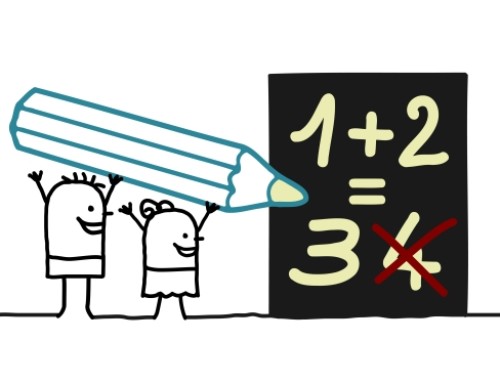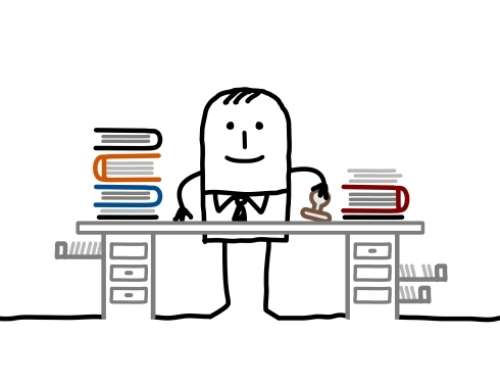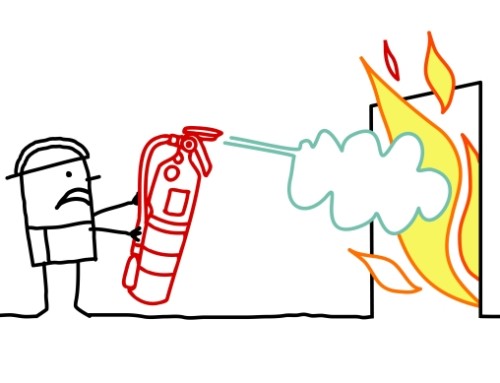In this article, I discuss why using both problem-focused and self-focused approaches to manage stress is more effective than using only one of these approaches.
One of the most basic concepts I try to convey to my clients is how to manage stress. Once you realize that effective stress management boils down to using two categories of approaches, what can seemingly be a daunting task becomes much easier. Much of my work as a Calgary psychologist and a Cochrane psychologist involves helping my clients in stress counselling become proficient at these two approaches to stress management–problem-focused and self-focused coping.
The problem-focused approach to managing stress
The problem-focused approach to managing stress involves taking action to reduce or eliminate problems and stressors. Problems and stressors to target include those related to work or school, relationships, finances, tasks that need to be completed, upcoming events you need to prepare for, and stressors you face on a daily or regular basis which have a significant negative effect on your mood such as your daily commute to and from work.
The more you stay on top of ongoing problems and stressors to reduce or eliminate them, the better off you will be in managing stress. In other words, one big piece of effective stress management involves targeting sources of stress for action. Problem-focused coping with stress must necessarily occur on an ongoing basis because we regularly get presented with new problems and stressors. If you are struggling with this part of effective stress management, you may benefit from working on problem-solving skills such as making and implementing action plans to address problems along with learning communication and assertiveness skills to address sources of stress involving other people.
The self-focused approach to managing stress
The self-focused approach to managing stress involves using skills and activities to lessen the negative emotional impact of problems and stressors by improving your reaction to them. Self-focused stress management includes making time for pleasurable activities to give yourself a break from problems and stressors, practicing skills like diaphragmatic breathing to calm your body when you are feeling tense, and using cognitive skills such as thought records which help you reduce the emotional impact of problems and stressors by changing how you think about them.
The more you practice self-focused skills and activities, the easier it will be for you to manage stress effectively. One reason is that self-focused coping activities give you much-needed breaks from focusing on your problems and stressors. A second reason is that if you use self-focused skills and activities to manage stress, it will be much easier for you to take effective action to reduce or eliminate problems and stressors because you will be more relaxed and able to think about your problems and stressors in a more balanced and less negative way.
How to combine the two approaches to maximize your effectiveness in managing stress
If you are proficient at using either the problem-focused or self-focused approach, congratulations. Your ability to manage stress improves by using either of these strategies compared to not using them. However, if you are using just one of the two approaches your ability to manage stress can still use some work by incorporating the other approach into your repertoire.
Consider the following examples which illustrate the disadvantages of relying exclusively on either the problem-focused or self-focused approach to manage stress:
(1) Bob moves from job to job on a revolving-door basis. Within a month of starting each new job, he is ready to move on because he “can’t take the stress”. Bob is partially effective at stress management in that he takes action to reduce his stress by leaving jobs which are the source of his stress. However, were he to also use the self-focused approach, he would likely be able to cope with many of the stressors and problems he encounters at work and not feel the need to leave jobs as frequently as he does.
(2) Sally does a great job of using self-focused strategies to manage stress. She uses thought records to reduce negative thinking, engages in pleasurable and relaxing activities to take her mind off problems and stressors and calms her body with deep breathing when she feels the stress response in her body. Unfortunately, Sally doesn’t do much in the way of problem-focused coping with stress. That is, she just reacts to problems without taking action to address them. Sally is doing a good job of self-focused coping but could benefit from adding the problem-focused approach to her repertoire. It should also be noted that in some instances—such as being in a toxic work environment or an abusive relationship—using the self-focused approach alone is clearly inadequate. In these instances, the situation calls for the problem-focused approach to either take action to improve the situation or leave it.
The bottom line on managing stress: Take steps to address your problems and stressors while you use skills and activities to lessen their effect on you. If you would like help in implementing this double-barrel approach to stress management, contact a psychologist with expertise in stress management.
May you approach stress management from both angles,
-Dr. Pat







Leave A Comment